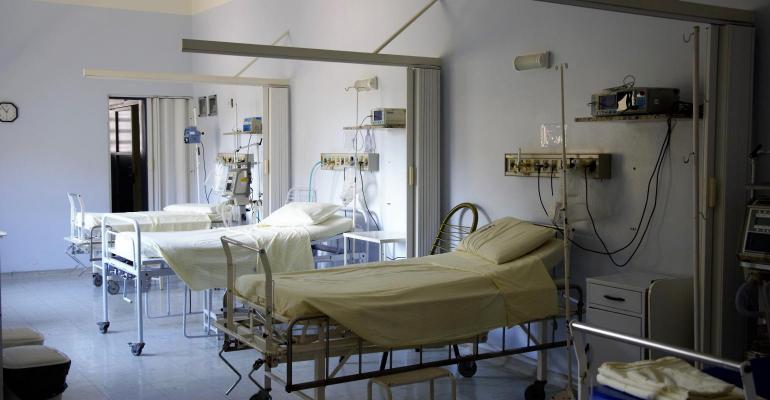The latest research by Global Market Insights, Inc states that launches of innovative medical furniture are expected to propel the industry’s growth through demand, resulting in the expansion of revenue in the coming years. This increase is primarily due to the escalating global prevalence of chronic diseases such as diabetes and cancer. These chronic diseases are expected to cause severe disabilities, necessitating the use of hospital furniture such as chairs and stretchers for surgical procedures.
Notable developments driving growth in the medical furniture industry include increasing demand for high-quality medical furniture in the Asia Pacific. The rising cost of healthcare in the Asia Pacific has resulted in a steady influx of cash into hospitals, allowing for the installation of advanced hospital furniture. By 2026, the Asia Pacific market is expected to develop at a significant CAGR of 6.7 per cent. Additionally, governments in India and Australia are actively working to ensure the availability of high-quality medical furniture in hospitals and ASCs, fostering the medical furniture industry's development over the study period.
Preferences of the geriatric population who favour home care treatments have been forecasted to bolster an increase in the home healthcare segment within the medical furniture market. Over the course of the prediction, the rising demand for home healthcare services in developed economies is expected to drive segment expansion. A rise in the popularity of plastic furniture has been witnessed and is attributed to the several benefits it holds, such as ease of transportation due to easy availability and being lightweight and the cost-effectiveness over metal and wood furniture. These factors are leading to segment expansion over the forecasted period of growth in the medical furniture market. In 2019, the plastic furniture segment brought in more than US$ 6.2 billion in sales.
Patient safety and satisfaction
Quality healthcare delivery is an essential component in successfully providing patient satisfaction and avoiding injury. According to The Center of Health Design key variables and their correlation with shaping the complex healthcare delivery system drive progress in performance improvement. The lack of close examination of these components and their interrelatedness results in decelerated advancement, which is a challenge faced by the healthcare industry. The Society of Actuaries conducted a medical claims-based report in 2010, which found that 1.5 million avoidable medical errors contributed US$19.5 billion to the national healthcare bill. One of the contributing dormant system conditions is insufficient equipment and medical furniture.
The high-risk healthcare industry expects a wide range of deliverables from these products, including displaying an organisation's logo, offering patient comfort and support during difficult times, allowing staff to function effectively and safely as a team, and, perhaps most importantly, not causing harm to patients, staff, or the organisation. The healthcare industry's emphasis on patient safety, combined with recent attention to medical furniture's effect on sustainability goals, has paved the way to initiate a broader consideration of the role furniture could play in improving patient, staff, and resource outcomes. As a component of a comprehensive plan to improve targeted healthcare outcomes, the Evidence-Based Design Furniture Checklist focused on sanitisation and safety guidelines was created as a tool to facilitate the best healthcare furniture purchases across the facility life cycle.
In conclusion, medical furniture’s positioning in healthcare surpasses its physical attributes, serving as a crucial factor in ensuring patient satisfaction and safety. With an increase in the number of health incidents leading to an increase in the rate of admissions to intensive care units, the medical furniture market size is expected to grow during the assessment period, improving the industry landscape.


